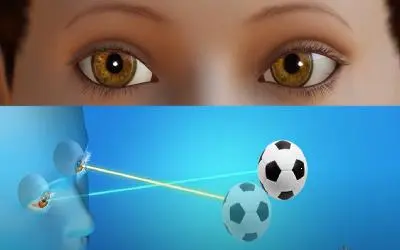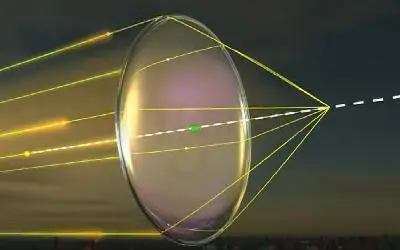Parents often come in assuming their child has dyslexia because of issues like reversing letters or numbers while reading or writing. Yet, it might surprise you that what seems like dyslexia could sometimes be related to a vision complication.
According to Dyslexia.org, dyslexia is a significant reading challenge rooted in neurological factors, affecting individuals with average or above-average intelligence, without other substantial physical, medical, or psychological conditions that could explain their language processing difficulties.
Certainly, some of our patients genuinely have dyslexia, while others might have a combination of vision problems and dyslexia. Alternatively, some might solely struggle with vision issues. A thorough functional vision examination can pinpoint whether vision problems play a role.
Three common functional vision issues often mimic symptoms of dyslexia.
Three Instances Where a Vision Problem Mimics Dyslexia
1. Laterality/Directionality Problem – This issue involves an individual’s struggle to differentiate between right and left, leading to letter reversals. Inability to discern right from left on oneself (laterality) often results in an inability to identify these directions on external objects like letters and numbers.
Most children in the first grade or below haven’t yet mastered directionality skills. This is why you might observe a young child forming an “L” shape with their hands to differentiate their left from their right.
However, as a child progresses to the second grade, they should typically have acquired directionality skills. If confusion between left and right persists, they may encounter difficulty distinguishing similar letters, such as confusing “b’s” with “d’s” or “p’s” with “q’s.”



